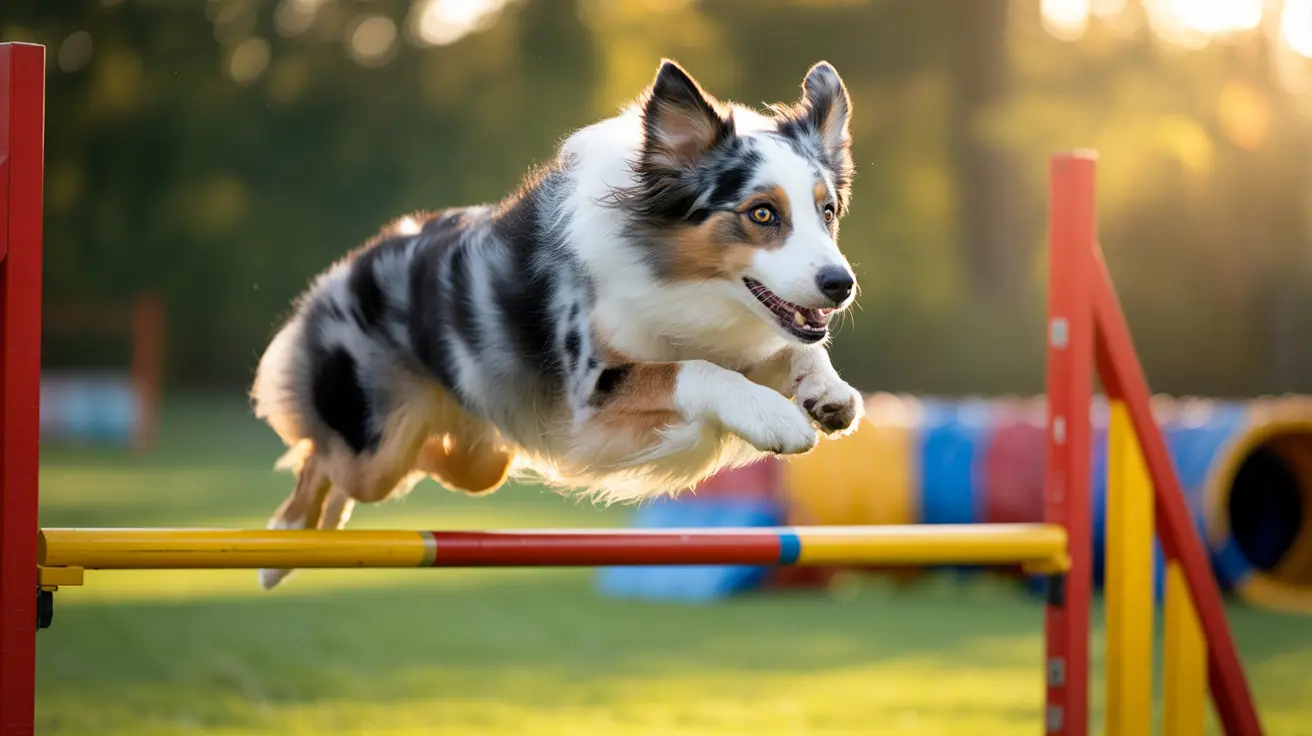Understanding 15 Minutes of Mental Stimulation for Dogs
Giving your dog 15 minutes of mental stimulation each day can make a world of difference in maintaining their mental sharpness, reducing boredom, and supporting emotional well-being. While physical exercise is essential, cognitive engagement is just as critical—especially for aging pets who may struggle with mobility issues.
Why Mental Enrichment Matters for Senior Dogs
As dogs age, they can experience decreased levels of dopamine, affecting memory and motivation. Just like humans, senior dogs benefit from cognitive challenges that encourage learning. Engaging in mentally stimulating activities can help:
- Slow down cognitive decline
- Improve mood and motivation
- Strengthen the owner-dog bond
- Reduce stress and anxiety levels
Touch Screen Games: A Modern Tool for Canine Enrichment
Touch screen games are increasingly used to provide low-impact, customizable mental engagement for senior dogs. They are especially helpful for pets that have arthritis or mobility issues. Research from the Messerli Research Institute shows that dogs can learn to interact with digital screens and benefit from these types of activities.
Types of Touch Screen Games for Dogs
Touch screen games for dogs typically fall into four categories:
- Art Applications: Dogs create images by tapping or nudging the screen with their nose or paw.
- Noise-Making Games: Games respond with engaging sounds like squeaks or animal noises.
- Chase Games: Moving digital creatures or shapes tempt dogs to follow and "catch" them on screen.
- Question-and-Answer Apps: Dogs choose between options like “yes” or “no” using touches.
These games offer immediate feedback, customizable difficulty, and engaging interactions that support dogs' mental agility.
Training Your Dog to Use a Touch Screen
To ease your dog into digital activities, follow these progressive steps:
- Teach a "touch" cue using an open palm and reward nose bumps.
- Transition to touching a marked piece of paper.
- Move the paper to the ground, wall, then onto the device screen.
- Gradually reduce the paper and reward direct screen interaction.
Chase games usually require less training, as many dogs naturally engage through instinct.
Safety Considerations
When using electronic devices with dogs, keep safety in mind:
- Use a durable screen protector against scratches and drool
- Stabilize the device on a level surface to prevent movement
- Choose high-contrast visuals and slow targets for dogs with vision issues
- Use a soft stylus for dogs with arthritis to minimize discomfort
- Clean screens regularly after use
Session Duration and Monitoring
Start with short sessions of just 1–3 minutes, ensuring the dog finishes on a positive note. Monitor your pet closely:
- End sessions if frustration or stress signs appear
- Adjust difficulty based on the dog’s skill and interest
- Switch to a toy or physical game if needed for motivation
Integrating Touch Screen Games into Broader Enrichment
Touch screen games should not be the only form of mental stimulation. They work best when part of a varied routine that includes:
- Puzzle feeders
- Scent discrimination games
- Gentle play sessions adapted to mobility levels
- Reinforcement of familiar cues like “sit” or “paw”
Rotating these activities helps maintain novelty and avoids boredom. Owners often notice improvements in household behavior and overall mood when cognitive games become part of the daily routine.
Technology Meets Canine Wellness
Many commercial dog games include settings that adjust for skill level and provide immediate virtual or real world rewards (e.g., treat dispensers). Some even track performance over time. These modern tools offer meaningful cognitive opportunities when properly supervised and balanced with social time and exercise.
Conclusion
Fifteen minutes of mental stimulation, particularly with touch screen games, can have measurable benefits for aging dogs. Whether it’s chasing digital critters or choosing between yes/no answers, these interactions promote brain health, reduce stress, and enhance emotional well-being. By tailoring activities to the individual dog and maintaining safety protocols, owners can help their senior pets lead mentally enriched and joyful lives.





